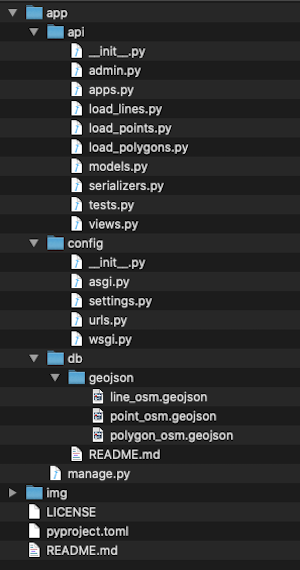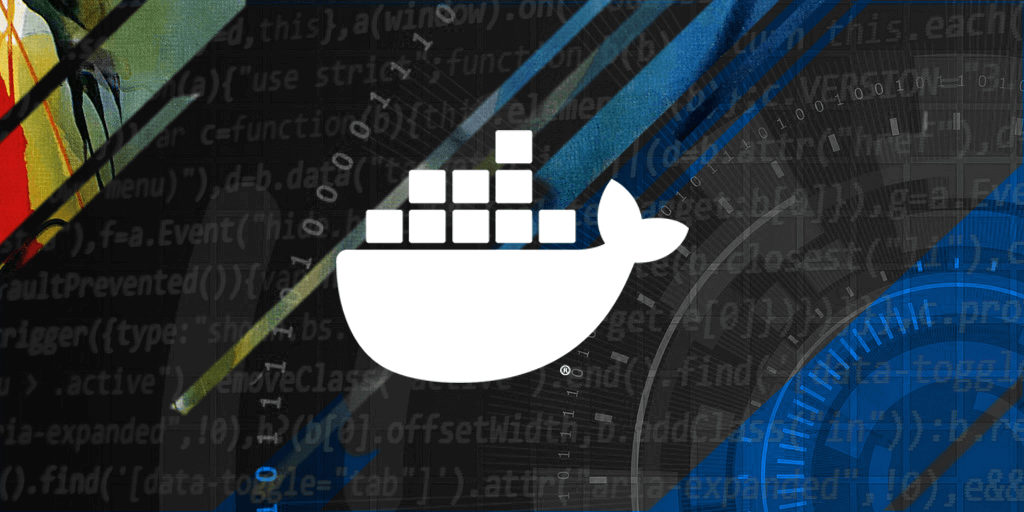

I personally recommend installing a Debian 10 distro on your server. That said, for testing purposes, an HTTP connection + 1 entry in your local hosts file will do. A domain name also allows accessing your applications through HTTPS without self-signing certificates. fr is less than 10 euros/year) and bind it to your VPS IP address in order to access your services through a reverse proxy. Moreover, you will need to purchase a domain name (a. Providers like OVH, Gandi or DigitalOcean are famous.
#Docker ip sans password#
A 10-euros/month VPS is way enough to host a few services in terms of disk size and memory capacity, otherwise there are some 3-euros ones which may be nice too, like for just a blog and a password manager.

To host these services behind a public IP address, renting a virtual private server (VPS) is recommended, except if you already have a NAS at home and the appropriate rules in you box’s NAT settings.

In this article, we will be using 5 different images: 1 reverse proxy and 4 web applications. There exists public images for a massive amount of open-source projects. The Getting started page of the Docker official documentation is of course a good destination if this is new to you. They can be started in a few seconds and run for months, while allowing to share different things with the host machine like folders, files and network ports. These containers are created from images, that are more or less naked-systems templates.

Docker brieflyĭocker basically allows one to run standardized, containerized and disposable Linux systems on a host machine. This is a funny and convenient thing to do, easily achievable using Docker containers and Docker Compose recipes. Post downloading the image from Docker Hub, the Docker containers will automatically be up and running.This article is meant to introduce you to web applications self-hosting. Once you have included it, it will look like the following code. Note: Include these lines at the end of the docker yaml file. Next add dbdata in the docker-compose yaml file as shown below: volumes: Now to get started with the MySQL database persistence using Docker Volume, go to docker-compose file wherein under the db service define a volume called dbdata. In simple words, Docker Volumes helps in back up and persistence beyond the container’s lifecycle. One such powerful offering is Docker Volumes where you can persist (save data) the database, config files, applications, etc.
#Docker ip sans software#
You need to create the following files and directories to get started with the demo project.ĭocker comes with a number of flexible features that ensure that every other required task can be done within the Docker software itself.
#Docker ip sans how to#


 0 kommentar(er)
0 kommentar(er)
